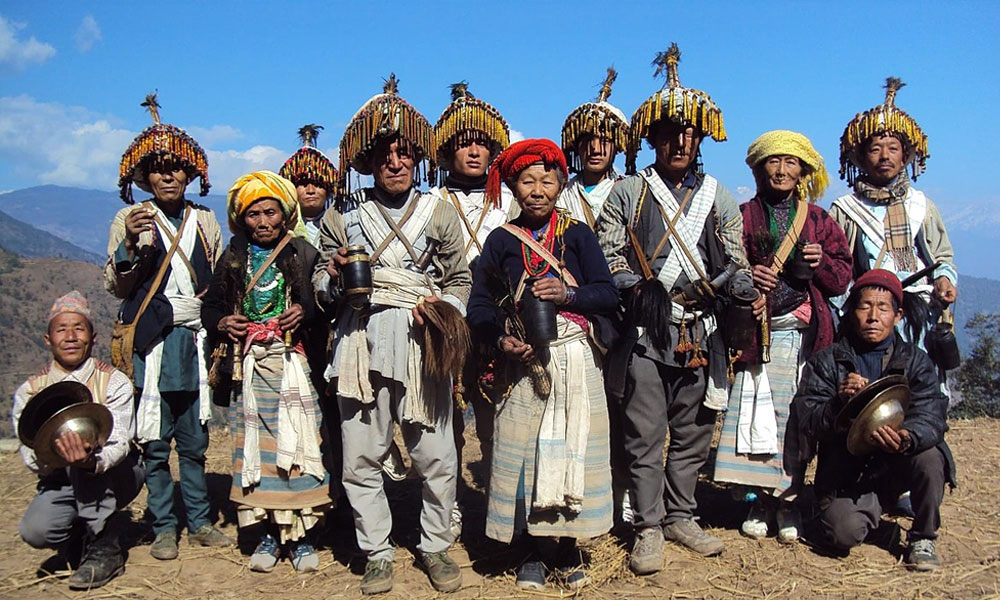About Us

The Kirat Rai community, indigenous to Nepal, is one of the major ethnic groups in the country, known for their rich cultural heritage and traditions. With a population of over 3 million, they primarily inhabit the eastern hills of Nepal, including districts like Taplejung, Ilam, Panchthar, and Dhankuta. The Kirat Rai people have a distinct language, religion, and social structure, which sets them apart in Nepal's diverse cultural landscape.
Their language, Rai, belongs to the Tibeto-Burman family and is spoken alongside Nepali in their communities. The Kirat Rai religion, known as Mundhum, revolves around nature worship and ancestor veneration. It shapes their worldview and rituals, emphasizing harmony with the environment and community cohesion. Despite influences from Hinduism and Buddhism, many Kirat Rai still maintain their traditional beliefs and practices.
The Kirat Rai community is renowned for its colorful festivals and rituals, celebrating various aspects of nature, agriculture, and ancestral spirits. Sakela, the main festival, marks the Nepali New Year and involves vibrant dances, music, and offerings to deities for good harvests and prosperity. Other festivals like Ubhauli and Udhauli coincide with seasonal changes, reinforcing the community's deep connection to nature.
In recent years, the Kirat Rai community has actively sought to preserve and promote its cultural heritage through education, advocacy, and cultural events. Organizations like the Kirat Rai Yayokkha work towards empowering the community, preserving their language, and fostering pride in their identity. Despite modernization and societal changes, the Kirat Rai people continue to cherish their traditions, passing them down through generations to maintain their unique cultural identity.

